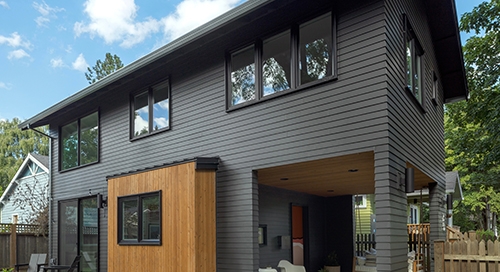The latest Case-Shiller housing report for the Bay Area is out, and as suspected, the downward trend is inching us closer each month to a YOY loss in home values in the nine Bay Area Counties.
Home values shows they have returned to essentially where they were a year ago. The Case-Shiller data lags the market by three months, so these numbers are as of September.

We suspect they have continued to go down in October and November meaning that by the end of the year, home values may be lower than they were a year ago—before the historic run up in Q1 of 2022 which has all but been eliminated.
Meanwhile, 30 year mortgage rates have for at least the time being, settled down from their recent peak.
It will be a blood bath when we look at Q1 in 2023 as compared to 2022, and then we suspect by Fall those number will better reflect the YOY changes since the first three months in 2022 were an anomaly of a run up in home prices, (note we did not say values).
What will happen in 2023?
It’s too early to begin to even risk speculating, but the driving factors—the variables—will be the stock market performance, mortgage rates and of course, Bay Area job stability.
One thing is for certain, this impasse we’re experiencing—buyers waiting for prices to drop further, and sellers clinging onto the day when they return—is about to end. Someone is going to blink, and it carries a huge risk being on the losing side. 😉
To understand why timing the Bay Area housing market is a Fool’s Game, we need only look to this past year. Sellers waited for prices to peak before cashing out, only to find that after a ten-year run up, the bottom fell out of the market in April, and prices have been reverting back to 2021 values ever since.
Buyers on the other hand fall into a similar trap. They wait far too long to take advantage of a drop in home values—wanting to time the market and hit the absolute bottom. While that’s an admirable goal, it rarely works out in the real world. One only knows the market is at its bottom when they see it beginning to go up. This rear-view mirror approach inevitably means they’ve already have missed the bottom.
This cycle was the first one we experiences first-hand, the market downturn in 1990. The market declined for two years, remained more-or-less flat for another five, and went full throttle upward beginning in 1996. If one bought a home between 2009-2011, the would have enjoyed a 16% increase in 2012 alone. Put another way, buyers had to pay 16% more because they waited to see the market bottom in 2011.
During the Great Recession, between 2007-2009, home values dropped 57% across the Bay Area. Values only experienced minor seasonal fluctuations until January of 2012 when the market entered its sustained ten-year growth cycle. The best time to buy a home during that downturn, were the three years between 2009 and 2011. Those who waited until 2012, when everyone decided it was once again a good time to buy, found themselves in multiple offers and rising prices until 2022.

[Gray bars indicate U.S. recessions. Source, FRED.]
As we’ve admonished buyers in other articles, don’t follow the pack—lead. You’ll be in a far better position when the market rebounds.
For sellers our advice is to evaluate your goals. If you’re considering retirement, waiting for a market rebound may take precious years away from your plans. If you’re a seller wishing to purchase a more expensive home, that home probably took a hit in real dollars more than your current home. And finally, if your downsizing, don’t miss out on the tax benefits of proposition 19 before it’s repealed.
Drew & Christine Morgan are REALTORS/NOTARY PUBLIC in Belmont, CA. with more than 30 years of experience in helping sellers and buyers in their community. As Diamond recipients, Drew and Christine ranked in the top 50 RE/MAX agents nationwide and the top 3 in Northern California. They may be reached at (650) 508.1441 or emailed at info@morganhomes.com.
For all you need to know about Belmont, subscribe to this blog right here. You can also follow us on Facebook at https://www.facebook.com/Morganhomes and on Twitter @ https://twitter.com/morganhomes
The information contained in this article is educational and intended for informational purposes only. It does not constitute real estate, tax, insurance or legal advice, nor does it substitute for advice specific to your situation. Always consult an appropriate professional familiar with your scenario.
















